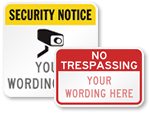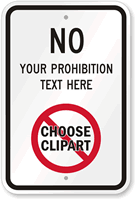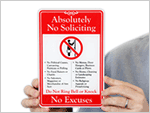Stories of drug abuse at schools are quite common, and unfortunately workplaces are not immune either. OSHA and Department of Labor present some startling statistics. Of the 17.2 million illicit adult drug users, two-third were employed either part or full time. Clearly, there is much more wide-spread drug abuse in day-to-day life than imagined.
Industries like construction, accommodation and food services, mining and manufacturing show higher prevalence of drug abuse in contrast to protected workplaces like public administration, educational services and utilities industry. As much as 13-14% use of illicit drug users have been reported in construction alone. Interestingly, industries that report high rates of drug use are same as the ones that pose high threats of occupational injuries. Contrary to common consensus, blue-collared workers don’t dominate the drug intake scene. As per the National Household Drug Abuse Survey, high income groups show more drug abusers as against low income ones.
The enormity of drug and substance abuse amongst employees makes safety a high priority for any workplace. Extreme caution and high degree of vigilance has to be practiced by the employers to stop its influence. Proper safety tools like
drug-free workplace signs need to be implemented. Drug abuse at workplace is not limited to the person, it affects the entire surroundings. Researches indicate that the national burden on economy (and employers) due to drug abuse at workplace is no less than $31 billion! At the ground level, drugs lead to absenteeism, incivility, thefts, vandalism, accidents and overall lack of productivity at the workplace. Retention of workforce becomes another pressing issue as there could be frequent change of jobs.
Drug-Free Workplace Programs
Execution of a drug-free workplace program is the best defense against drug problems. Not only will it help in tackling drug abusers but it is also in line with federal laws. As per the law “the Drug-free Workplace Act of 1988 requires some federal contractors and all federal grantees to agree that they will provide drug-free workplaces as a precondition.” The transportation industry also required its employees in “safety-sensitive” positions such as commercial drivers to have clearly defined drug-free workplace programs. Drug-free programs require careful examination and review of situation. Based on the results, one or more of these methods need to be incorporated to address the issues: Drug-Free Workplace Policy, Employee Education and Assistance, Drug Testing and Supervisor Training.
How Drug-Free Workplace Signs Will Save the Day?
It is safe to assume that most workplaces have zero-tolerance policies regarding drug use. Employers must be vigilant in upholding these standards which also suggests company’s seriousness on the issue. Drug-free workplace signs are the first step towards workplace safety. They help you gain control. These signs will continually remind everyone of the company’s strict drug-free policies. A drug-free work place sign like “Get fired or don’t apply for a job if you use drugs” lays down the policy without any confusion.
Combined with drug-free signs, using alcohol-free workplace signs are displays of complete care. A company can’t allow a situation where a security guard takes short-cuts that sacrifice everyone’s sense of safety. Signs remind that drinking or substance abuse will not be tolerated at any cost. Workplace programs with drug-free workplace signs have proven effective with increased employee morale, better health status, decreased absenteeism and mostly a positive shift in productivity.
For the
best drug-free workplace signs, choose a reliable signs store with experience.
Sources: dol.gov, osha.gov, drugabuse.gov













 Drug Abuse at Workplace Scenario in the United States
Drug Abuse at Workplace Scenario in the United States